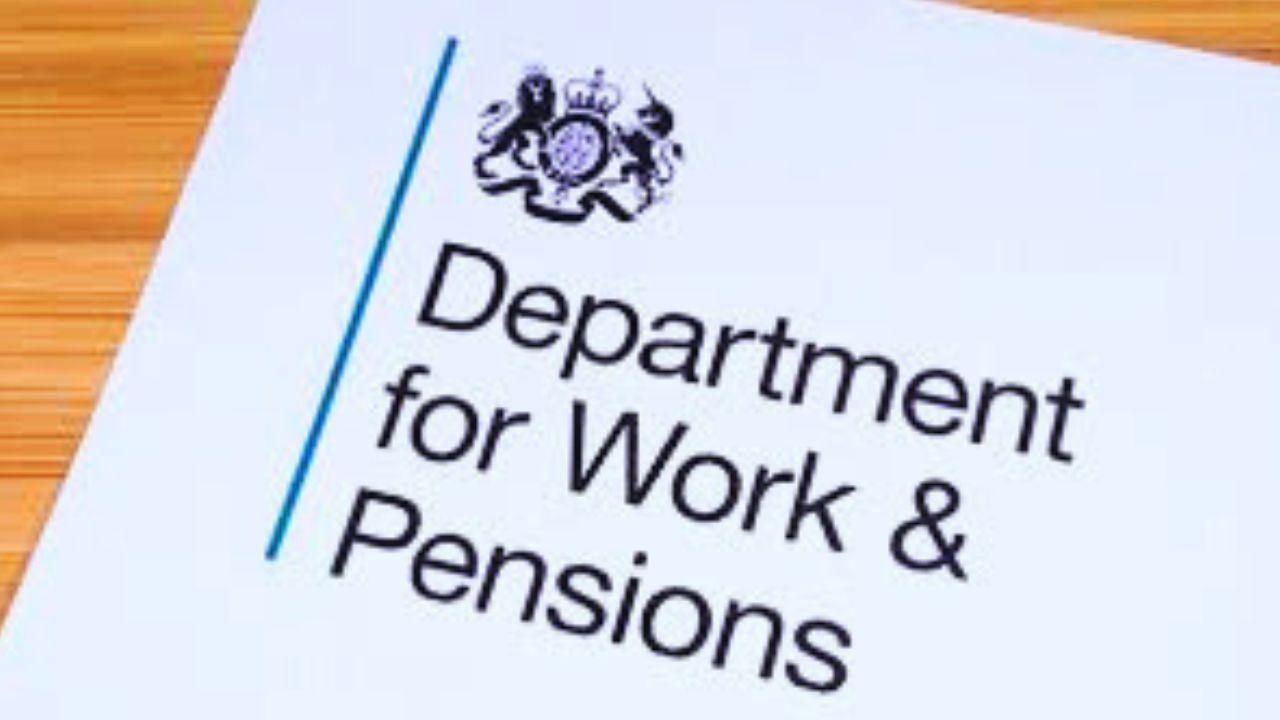A recent change by the Department for Work and Pensions (DWP) means that around 60,000 additional people could now qualify for Carer's Allowance, offering them a financial boost of £333 every four weeks.
The earnings threshold to be eligible for Carer’s Allowance has increased from £151 to £196 per week (after tax, National Insurance, and expenses). According to the DWP, this change is expected to benefit tens of thousands more carers by the end of the decade.
This higher threshold also reduces the risk of people having to repay the benefit if their earnings slightly exceed the limit.
Helen Walker, Chief Executive of Carers UK, welcomed the change, stating: “We know the earnings limit has stopped many carers from taking on more work. Some have reduced hours or even quit their jobs entirely. This adjustment will have a real impact.”
In addition to the earnings threshold increase, Carer’s Allowance itself has risen from £81.90 to £83.30 per week as part of a 1.7% increase in benefit rates. However, recipients will see this reflected in their payments after a full four-week cycle following April 7.
Currently, Carer’s Allowance is paid at £333.20 every four weeks and can be claimed alongside Universal Credit. However, claimants should be aware that their Universal Credit will be reduced by £360.96 monthly due to the allowance. This can be partially offset by applying for the Carer Element of Universal Credit, which adds £201.68 per month.
To qualify for Carer’s Allowance, you must:
-
Be at least 16 years old
-
Spend at least 35 hours per week caring for someone
-
Not be sharing the caring duties with someone already receiving the benefit
You don’t need to live with or be related to the person you care for. However, the person you care for must already receive one of the following benefits:
-
Personal Independence Payment (daily living component)
-
Disability Living Allowance (middle or highest care rate)
-
Scottish Adult Disability Payment (middle or highest care rate)
-
Attendance Allowance
-
Pension Age Disability Payment
-
Constant Attendance Allowance (at certain rates)
-
Armed Forces Independence Payment
-
Child Disability Payment (middle or highest care rate)
-
Adult Disability Payment (standard or enhanced daily living component)
It’s important to note that if someone starts receiving Carer’s Allowance, the person they care for may lose certain benefits, such as the Severe Disability Premium or extra disability-related support with other benefits like Housing Benefit, Pension Credit, or Council Tax reductions.


.jpg)





.svg)



